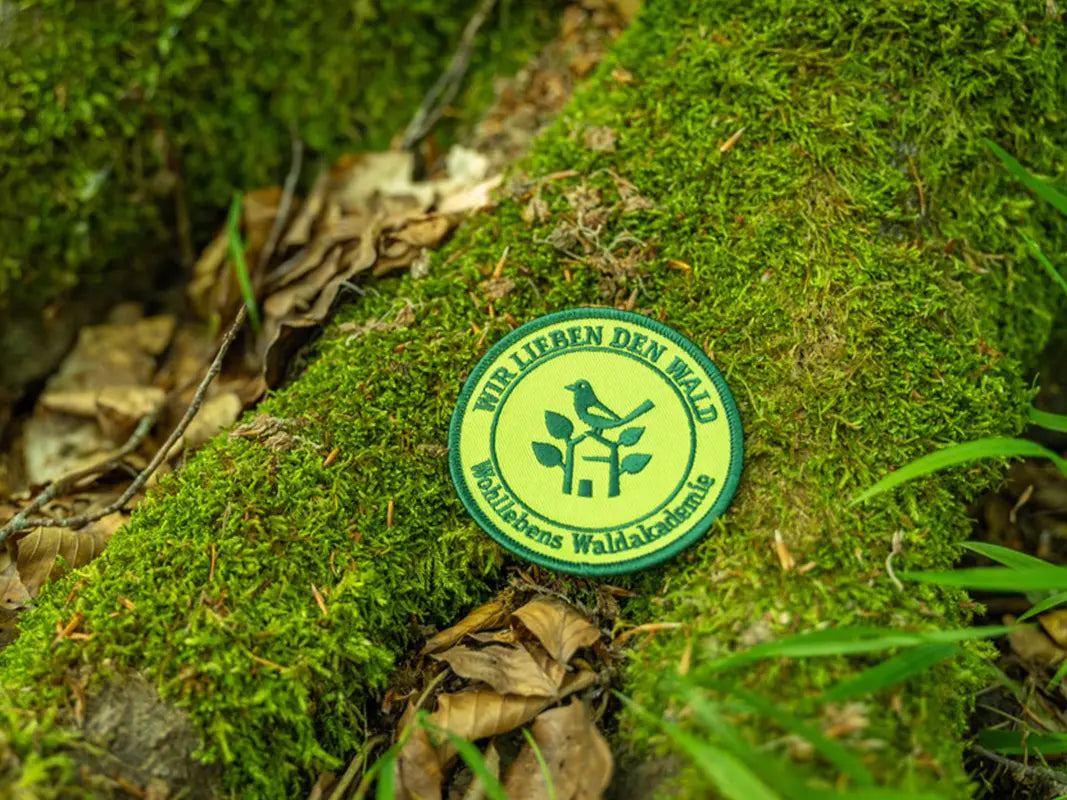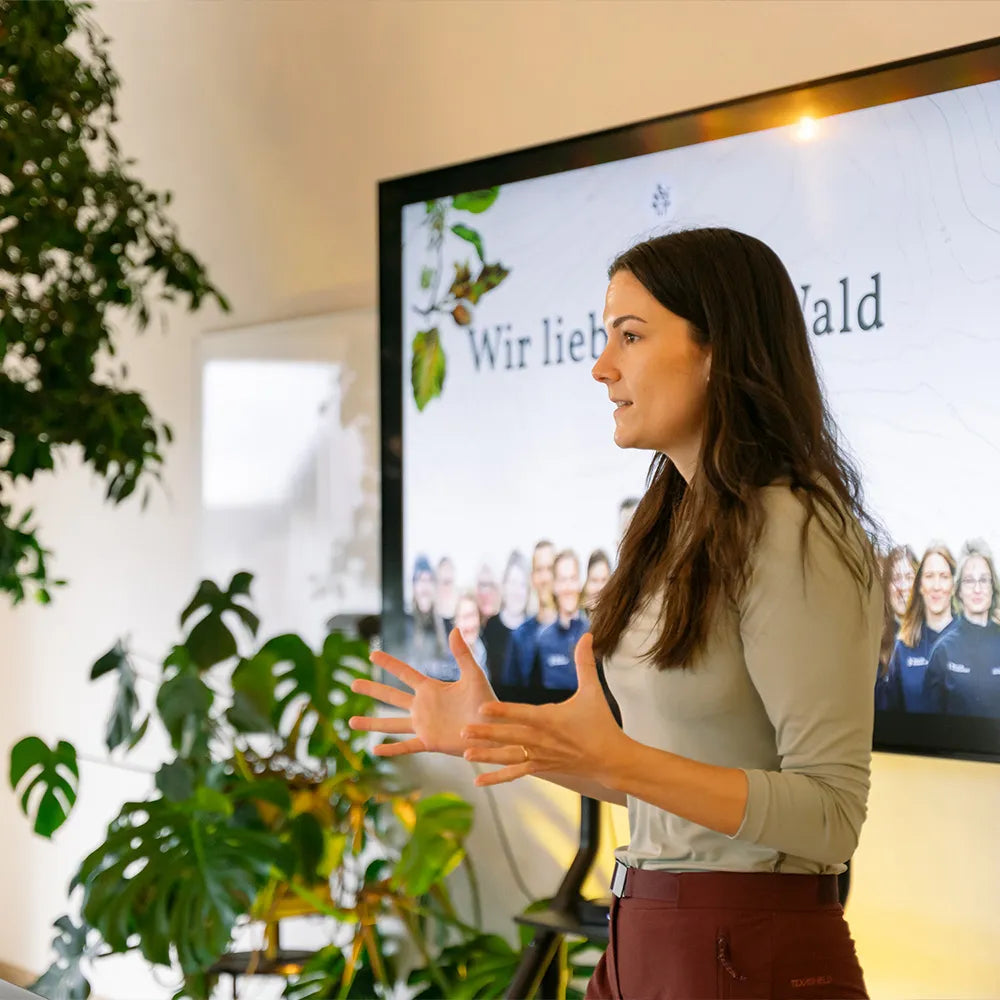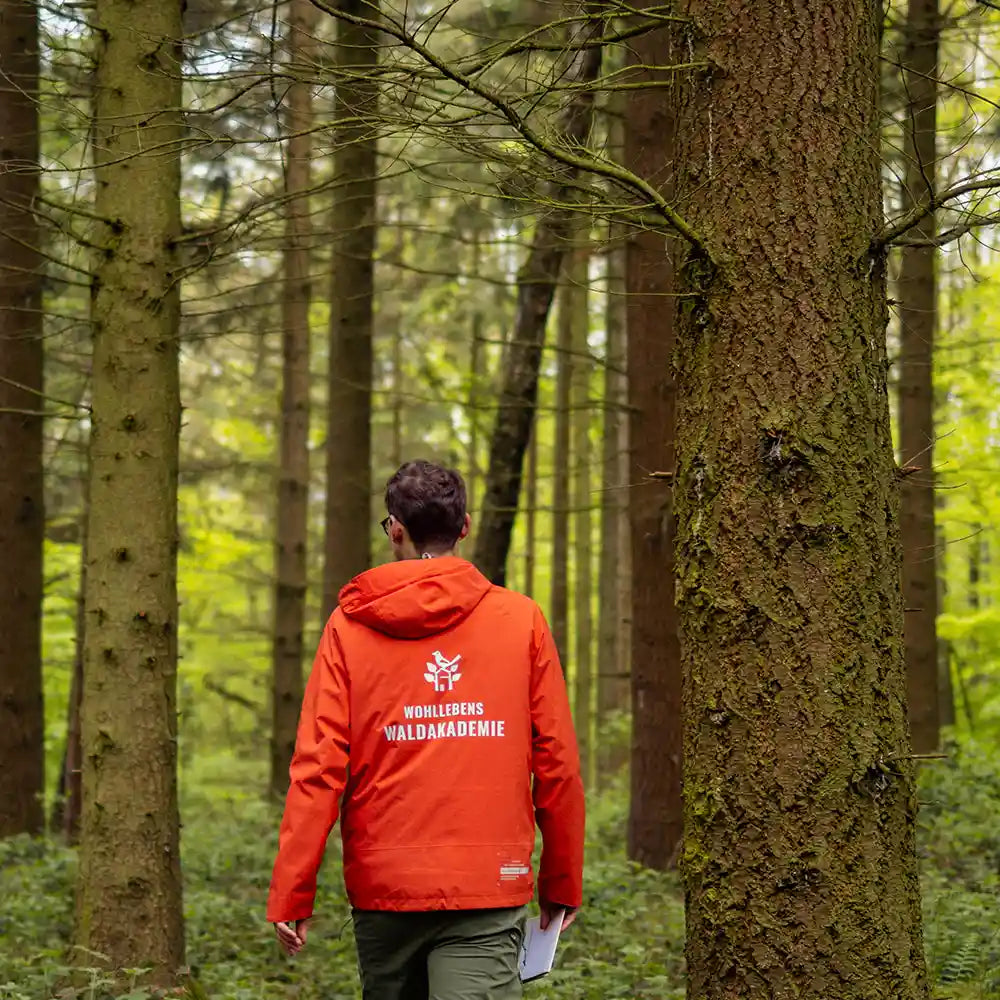Planting trees in Germany – recognizing good projects
Which reforestation projects should one support voluntarily or financially?
Planting trees is always a good thing, or is it? It depends! Our quick test and the checklist below will show you what's important and how you can see the forest for the trees when looking for a worthwhile tree-planting project.
1. Tree planting projects in forests and protected areas are not useful

For areas in Germany that are already considered forest, owners receive comprehensive government subsidies for tree planting, the conversion of coniferous forests into mixed forests, and other reforestation measures.
These subsidies are available even after the clear-felling of dead spruce monocultures. The ecological damage only occurs when heavy machinery is driven over the areas and the dead trees are removed, which would provide valuable shade and water storage for the next generation of trees. The dead spruce trees no longer pose any threat to bark beetles.
Supporting reforestation projects on such areas therefore makes no sense, since the measures are carried out and financed anyway and do not lead to the creation of additional forest areas.
What constitutes a forest in Germany can essentially be found in the Federal Forest Act . According to this law, even clear-cut areas are considered forest. Even without human intervention, numerous trees and a wide variety of tree species would quickly establish themselves on these areas, gradually creating an intact ecosystem. To help the forest here, one can simply sit back, watch nature at work, and save costs and effort at the same time.
Even if, contrary to expectations, no trees grow on their own, forest owners are legally obligated to reforest bare areas. Reforestation projects with this intention therefore do not provide additional support for the forest, but rather represent additional economic support for the forest owners.
In nature reserves, nature should be allowed to develop as it pleases. Furthermore, valuable biotopes without protected status should also be preserved. Therefore, it makes no sense to plant trees in these areas.
Reforestation projects worthy of support are therefore limited to areas where no forest is yet growing. They therefore genuinely contribute to more forests in Germany.
2. Which tree species will be planted?
The usefulness and purpose of tree-planting projects can be clearly assessed based on the tree species used. The past three hot, dry summers have shown once again that our native tree species are still best able to cope with these extreme conditions, provided their natural habitat is not overly disturbed by human intervention. Since no one can predict how our climate will actually develop in the future, the search for tree species of the future requires clairvoyant abilities. Moreover, this search for super tree species is often primarily driven by economic interests. If we truly want to promote intact ecosystems, we should let nature decide which tree species thrive in our forests.
Here are some examples that are native/non-native to most parts of Germany:
Heimische Baumarten | Nicht-heimische Baumarten |
|---|---|
| Rotbuche | Fichte |
| Eiche | Douglasie |
| Hainbuche | Kiefer |
| Bergahorn | Zeder |
| Feldahorn | Küstentanne |
| Esche | Mammutbaum |
| Sandbirke | Lärche (europäische und japanische) |
| Zitterpappel | Roteiche |
| Salweide | Esskastanie |
| Baumhasel |
3. Will the forest be managed in the future?
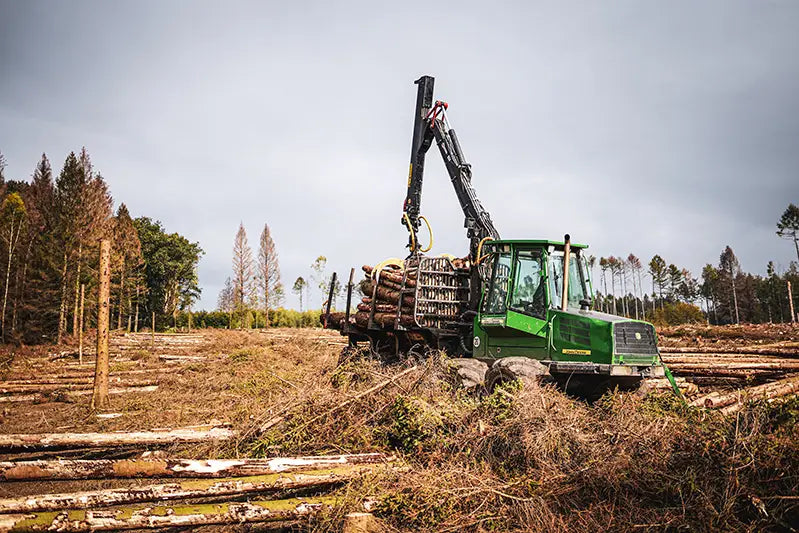
Many reforestation projects serve to establish commercial forests. The trees are planted with the intention of being felled and sold for profit in a few decades. Ultimately, supporting such reforestation projects simply invests in the forest owner's business and promotes the creation of plantations instead of intact forest ecosystems. This does little to help the forest.
It should therefore be clear from the respective project whether it ultimately serves forestry purposes or whether the aim is to create a natural forest that is not used for timber production.
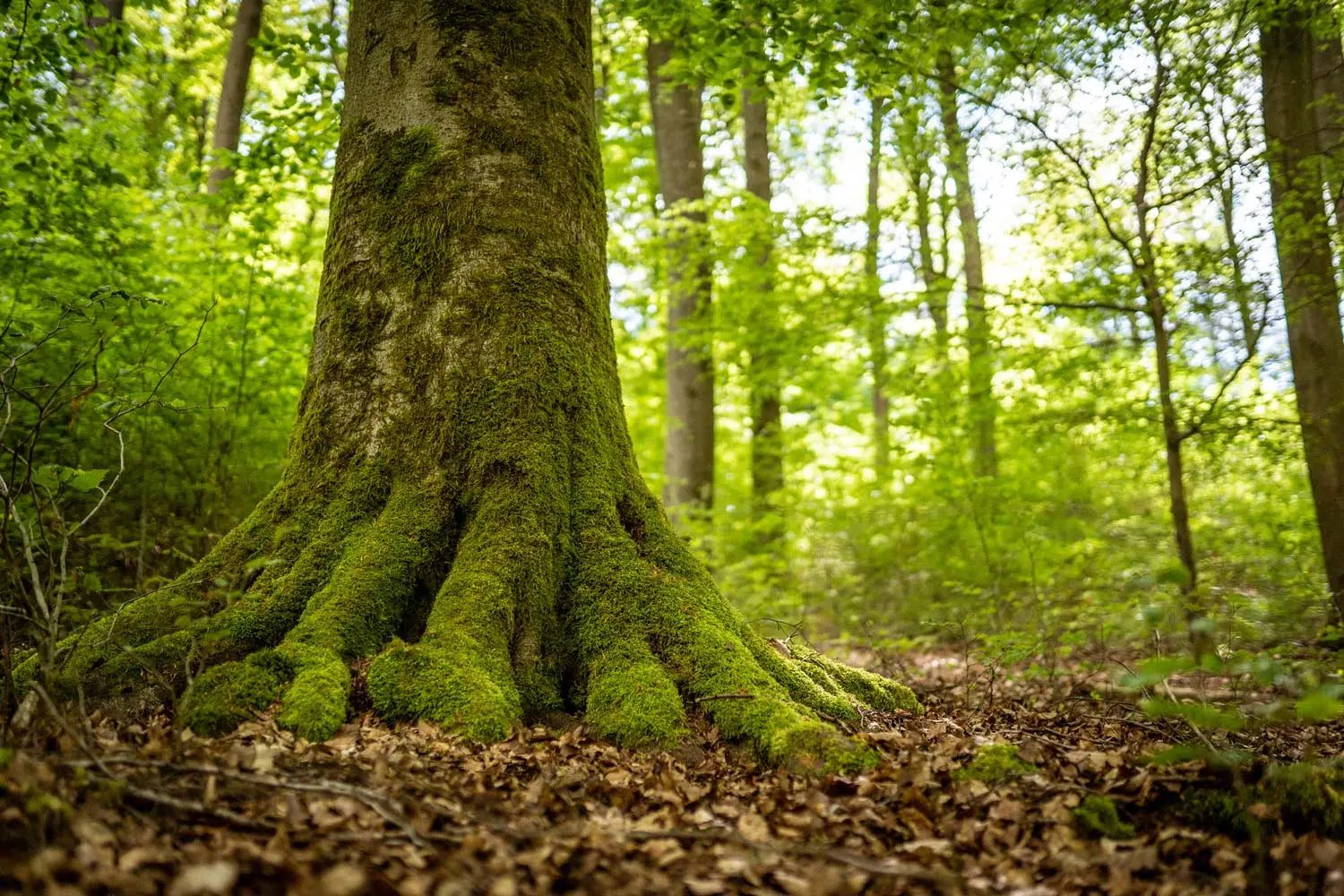
Predicate particularly valuable
Reforestation projects should be permanently free of any forestry activities to ensure that a truly natural forest can develop and the trees won't be harvested again in a few decades. Absolute legal certainty is rare, but an entry in the land register stating that no timber harvesting will take place is a clear signal and desirable. This involves considerable effort for the initiator and demonstrates a serious interest in creating a genuine forest.
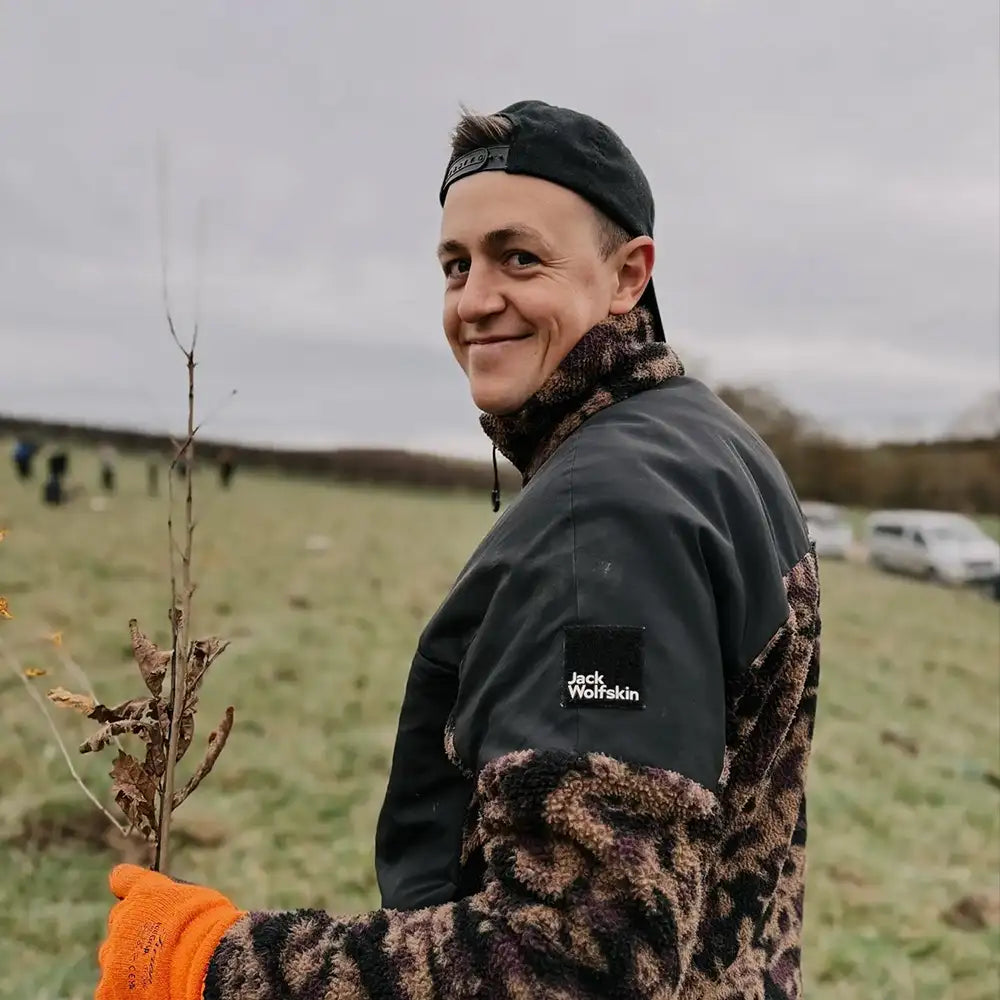
Conclusion
When choosing the right tree-planting project, it's important to gather as much information as possible to get a good idea of the project's purpose. During your research, it quickly becomes clear how transparent a reforestation project is and how readily the requested information is provided. Using the criteria mentioned above, you'll quickly separate the wheat from the chaff. Positively reviewed projects are definitely worth supporting, because we need more forest area to mitigate climate change. Give it a try! Have fun checking!
If you are still unsure about choosing the right reforestation or forest protection project and need further assistance, we would be happy to advise you!
Contact us


